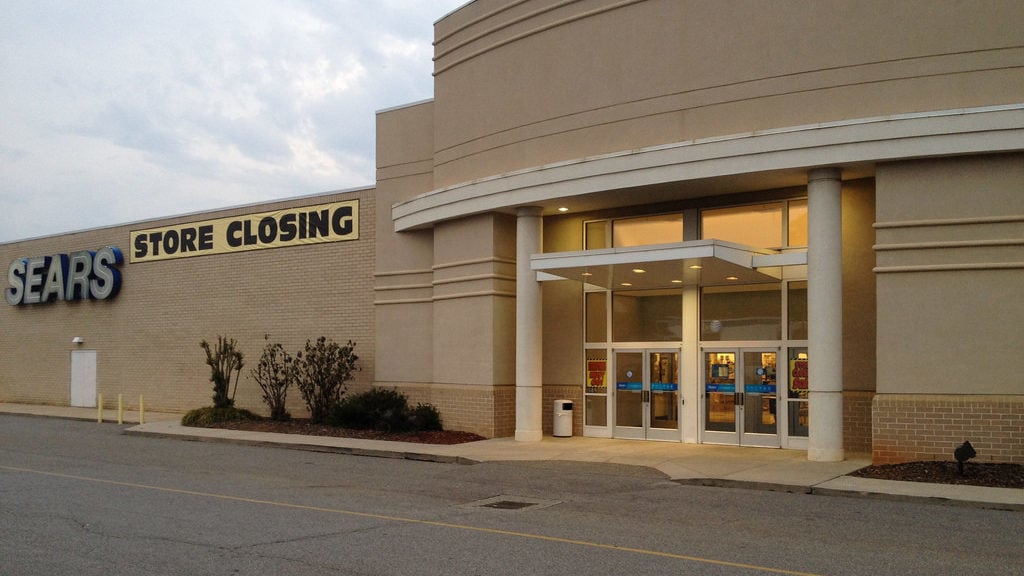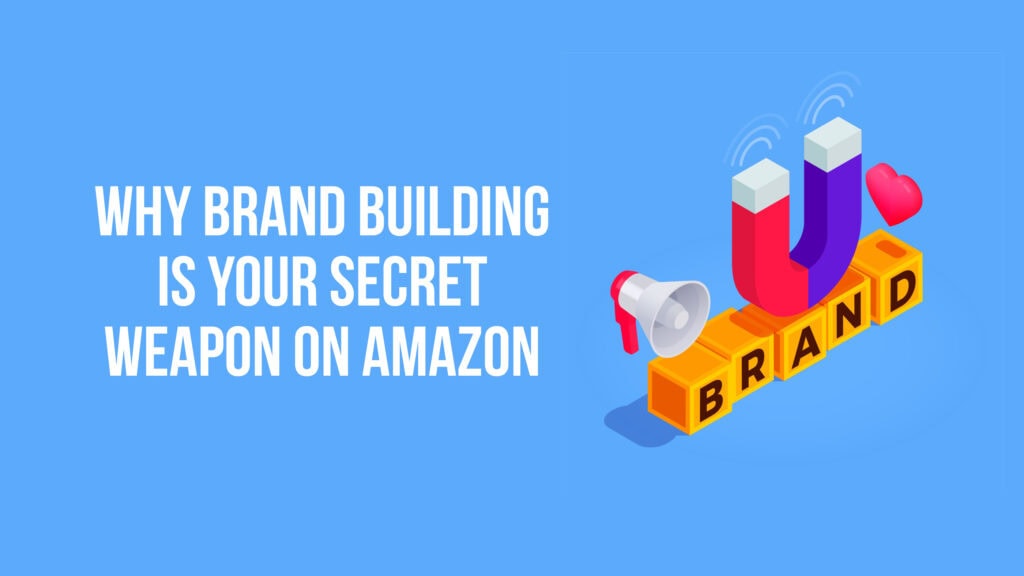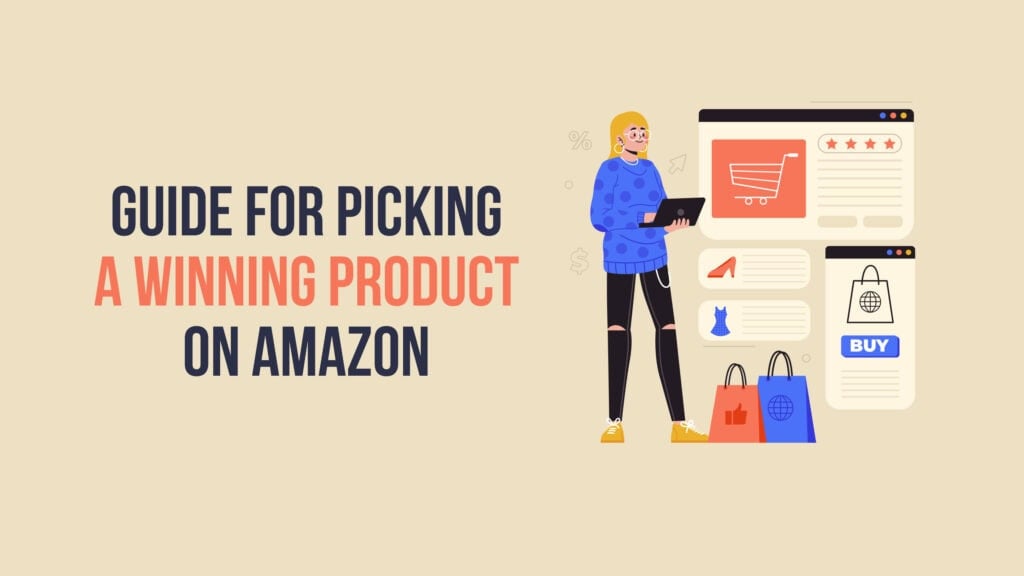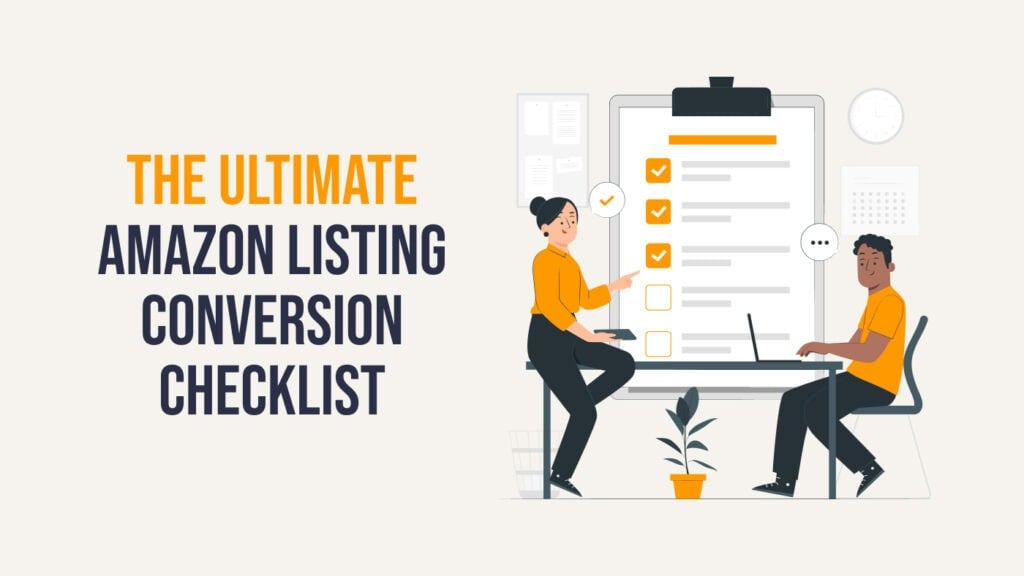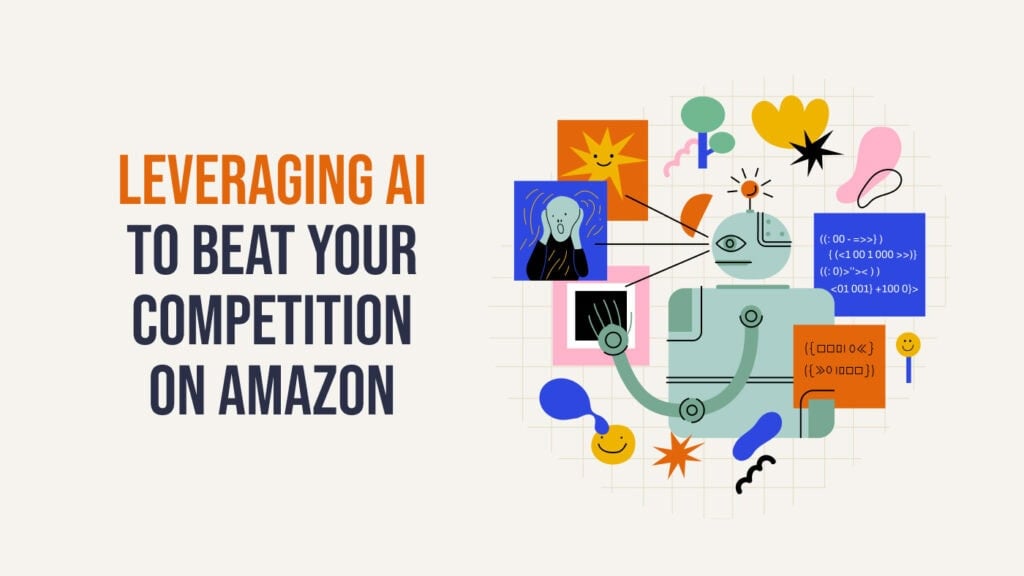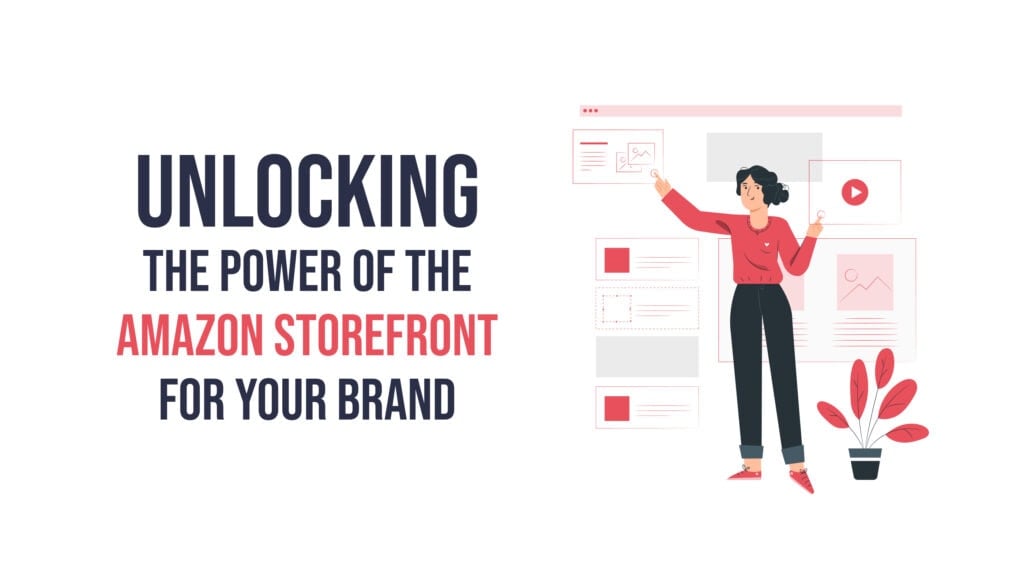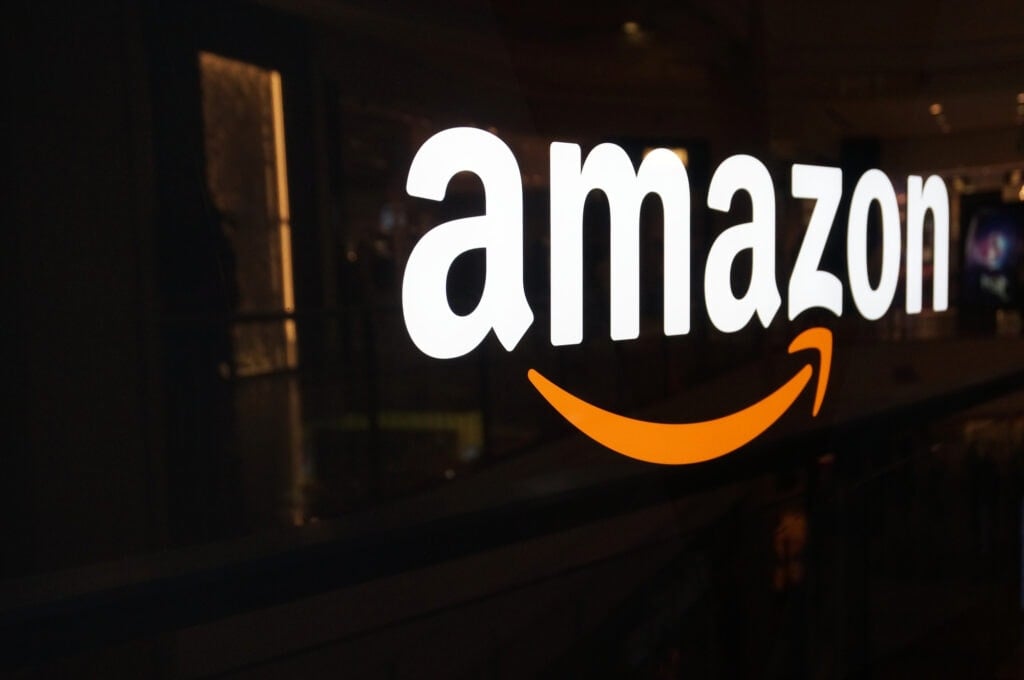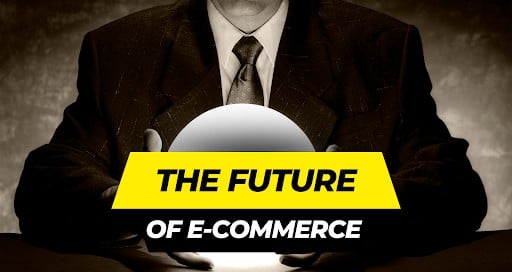Popular online shopping sites have exploded. And there are victims in the fallout.
50 percent of the 1,200 malls across the US are expected to close by 2023. More than 12,000 retail storefronts are expected to close in 2018 alone. Mainstream retailers like Gap, Sears and Walmart have announced closures.
A wide variety of factors have pushed customers towards online shopping. This seems like good news, and it is—provided that ecommerce retailers can give customers what they’re looking for.
Our retail apocalypse is the consequence. But what’s the cause?
What’s triggered this massive growth in online shopping? More importantly, how has this changed ecommerce for online retailers?
A single culprit is typically blamed for the retail apocalypse fallout.
Amazon.
Amazon is viewed by many as a market disrupter. The online shopping giant now accounts for almost half of all ecommerce sales. They’re definitely disruptive, but is it accurate to say Amazon is the cause of the explosive growth in online shopping?
No, unfortunately.
That would be an easier fix. Amazon has the largest share of ecommerce sales, but they only represent a measly 4 percent of all retail sales in the US. No, something else is driving the massive surge we see in online shopping.
Okay, what?
The answer is a bit more complex.
- The middle-class squeeze. Consumers are struggling under the weight of decreased income (due to inflation) and increased expenses particularly in education, healthcare, and housing.
- Retailers overloaded with debt. Leveraged buyouts made via private equity firms, aggressive expansion into new markets, and inaccurate inventory controls.
- Poor retail management. Historically, retailers have focused their attention on short term growth, choosing to focus their attention on improving quarterly dividends. This in contrast to Amazon’s long term growth strategy, which sacrifices short term gains for indefinite long term wins.
- The rise of M commerce. Mobile commerce accounts for 23 percent of all digital ecommerce spending in the US. That number continues to rise as mobile device capabilities increase.
- A shift in consumer habits. The consumer mindset has changed. More and more consumers are pursuing experiences rather than things. More and more consumers see material possessions as a means to an end – to build relationships, create memorable experiences and facilitate growth.
A ComScore report showed most shoppers preferred to shop online. Their research discovered that, for the first time ever, 51 percent of customers spent more money online than they did in stores.
Online shopping has become the norm. Is that good or bad for you?
At first glance it seems the explosion of online sales is nothing but good news. Customers prefer the convenience of shopping online, you’re an online seller. Seems like a win/win doesn’t it?
That depends.
When it comes to online shopping, sellers have very specific expectations. These expectations have changed ecommerce in a fundamental way.
Customers flock to the online retailers that meet shopper’s lofty expectations. That’s the problem though.
Most online retailer aren’t meeting shopper expectations.
Some of these expectations are tangible and explicit. Others are intangible and implicit. The vast majority of ecommerce retailers aren’t aware of these expectations.
So the benefits that come with a large amount of online shoppers goes to a select and knowledgeable few.
Are you one of them?
Do you know what your online shoppers expect from you?
Here’s a short list of the common details customers expect from you.
- An in-depth understanding of their desires, goals, fears and frustrations. Your shoppers want you to feed these ingredients back to them in your advertising, content, product descriptions, etc. This is validating for them as it confirms you’re the right store for them.
- Uniqueness at the business and product level. “Why should I buy from you, instead of a competitor? What makes your product so special? Customers are looking for an answer to this question at the business and product level. What makes your business better for me than your competition? What makes your product better than the others?
- Convenience above all things. A simple shopping experience. Seamless fulfillment and delivery. Friendly and competent customer support. Retailers tend to see these as separate issues. In reality, they’re branches that are all part of the same tree. Shoppers value experiences more than materials, remember? If you’re focused on maximizing value to shoppers, convenience (in all its forms) should be part of the equation.
- Competitive pricing. This includes product pricing, shipping costs ($0 is the right answer), bundled options or a strong justification for premium pricing. Product quality is also a subset of pricing. GoPro sold their Karma drone as a premium product, and they were, until they started falling out of the sky. Their strong brand recognition and robust feature set wasn’t enough to justify the premium price that customers were previously willing to pay. It’s no surprise then that GoPro decided to exit the drone business.
Online shopping continues to grow with no signs of stopping.
The online retailers with in-depth knowledge of their customers and consistent execution will win.
12,000 storefronts are going under this year.
Online shopping popularity has changed ecommerce for the better. Its mainstream appeal means you now have everything you need to build a multi-million dollar business. Their loss is your gain, but only if you start now.
MORE ECOMMERCE INSIGHTS ON CAPITALISM.COM:
• eCommerce Basics: Six Product Pricing Tips to Profit Like the Pros
• How to Rock Facebook Advertising for More Sales in 2018
• 3 Powerful Tools the Top eCommerce Businesses Use to Accept Online Payments
